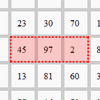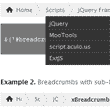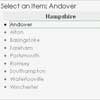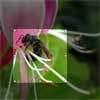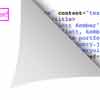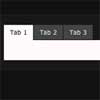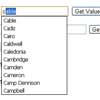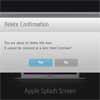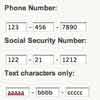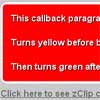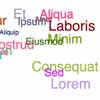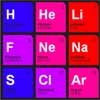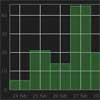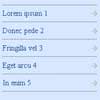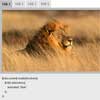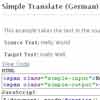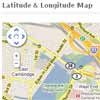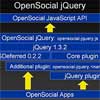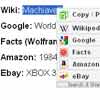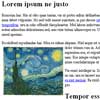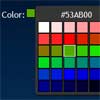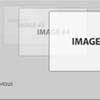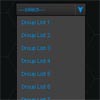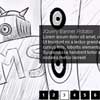Dolly.js - Clone your tables easily
Dolly.js is a simple and generic jQuery UI widget that adds excel-like cloning functionality to your tables. It works with any tabular structure (not only semantic html tables) and does not make any assumptions about the underlying data structure. It handles the UI part of cloning only - the implementation of business cloning logic is left to the widget's users.
Usage
Call the dolly method on every table cell that should have cloning functionality. Then listen on cloned event to handle the data-related part of cloning.
$('td').dolly({ cloned: function (event, ui) { console.log(this, "has been cloned " + ui.cloneX + " cells horizontally and " + ui.cloneY + " vertically."); } }); You can find more elaborate examples in the examples directory.
Options
allowDiagonalSelection
Enable possiblity to select cells in an area. Defaults to false. Example:
$(cell).dolly({ allowDiagonalSelection: true, rowSelector: 'div.row', cellSelector: 'div.cell' }); will make possible to select a group of cells like this:
rowSelector
jQuery selector for elements that should be considered the rows of the table. Defaults to "tr". Example:
$(cell).dolly({ rowSelector: 'div.row', cellSelector: 'div.cell' }); cellSelector
jQuery selector for elements that should be considered the cells of the table. Defaults to "td". Example:
$(cell).dolly({ rowSelector: 'div.row', cellSelector: 'div.cell' }); boxStyle
Object with custom CSS styles assigned to the selection box displayed when user clones cells. For example:
$(cell).dolly({ boxStyle: { "background-color": "rgba(255, 0, 0, 0.2)", border: "3px red dotted" } }); will result in a selection box like this:
You can also style this with CSS dolly-box class.
handleStyle
Object with custom CSS styles assigned to the handle of the cloning box.
$(cell).dolly({ handleStyle: { width: "0", height: "0", "background-color": "transparent", "border-top": "7px solid transparent", "border-left": "7px solid transparent", "border-bottom": "7px solid black", "border-right": "7px solid black", } } }); will result in a triangular handle like this:
You can also style this with CSS dolly-handle class.
Events
In all event callbacks this is bound to the origin HTML cell element.
Contents of ui object
The ui object is passed as the second argument to every callback. It contains:
originX- position of cell in row that triggered the event (0-indexed).originY- position of row containing cell that triggered the event (0-indexed).cloneX- number of cells selected for cloning horizontally. Negative values stand for cloning to the left, positive to the right.cloneY- number of cells selected for cloning vertically. Negative values stand for cloning up, positive for cloning down.
cloned
Triggered whenever user requests cloning of a cell. You can pass a callback during dolly initialization like this:
$(cell).dolly({ cloned: function (event, ui) { ... } }); or listen on dollycloned event:
$(cell).dolly().on('dollycloned', function (event, ui) {...}); selected
Triggered whenever the size of selection box changes. This does not mean a clone request, just a user moving the handle. After user releases the handle, cloned event is triggered.
Once again you can pass a callback directly or listen on dollyselected event.
